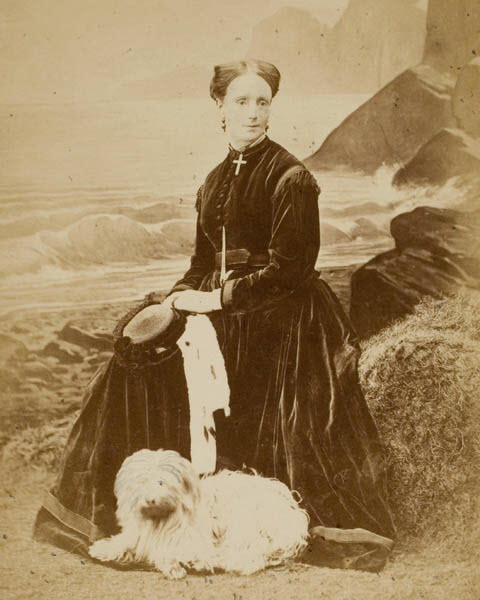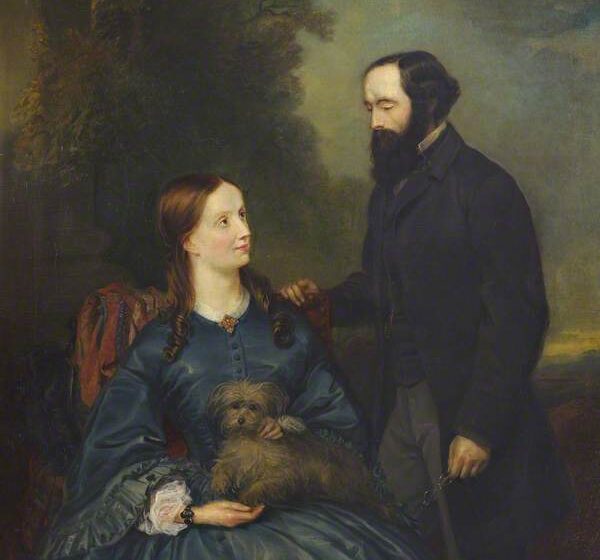It is no secret that the field of physics, like every science, has long been affected by sexist and colonial power systems. This has meant that, through centuries of scientific innovation, women and minority physicists have not been given the credit they deserved for their work, and have never taken their rightful place in the history books. Lack of representation is still a problem in the field. One of the primary ways this can be tackled is by highlighting the work of underappreciated physicists, both historical and contemporary, in an attempt to address the imbalances in the field. We should also interrogate why exactly it was that they never gained their rightful place in the scientific canon.
Happy Women’s History Month! Welcome to this new series, where we spotlight women and minority scientists whose scientific contribution has been overlooked in academia. It is important to remember the hurdles that stood in women’s way of contributing to scientific progress in the past, and how those challenges haven’t entirely gone away.

An apt start is the wife of Edinburgh’s (arguably) most famous scientist – James Clerk Maxwell. Katherine Clerk Maxwell was also a physicist, constrained by the ban on female students at University (lifted in 1869) who contributed to and supported her husband’s work. Unfortunately, her scientific involvement was greatly limited by the expectations on women at the time Clerk Maxwell was working, but she was still able to contribute to the experiments undertaken by her husband in the fields of colour vision and gas viscosity.
Katherine Mary Dewar was born in Glasgow in 1824. Not much is known about her childhood, but her father was a prominent Presbyterian and principal of Marischal College in Aberdeen. Katherine received more education than other women at the time, because she was upper class, and her father would have been active in the circles that were involved in the 18th-century Scottish Enlightenment. She met James Clerk Maxwell while her father was working at the University of Aberdeen and they got married in 1858.
While married to James, Katherine undertook lab work herself and acted as the subject of some of her husband’s experiments. Much of her work is not well documented, and often uncredited, but she played a large role in running experiments for her husband. The experiments she was involved in were colour blindness tests run by James, where the colours in a lightbox were varied (by moving prisms to diffract light to produce different colours), and they observed slight variations in colour. This gave them an understanding of the primary colours needed to mix virtually any colour.
Katherine’s unrepresented contributions to physics are emblematic of the problems facing women in the Victorian era interested in science. They often had to do work via their husband, doing the time-consuming and menial work for no recognition either by their husband’s or by society more generally. Most evidence that Clerk Maxwell contributed to the fields she did was only discovered by academics scouring letters from James and his friends, as a pose to being clearly recognised in papers. Until recently, there has been little reason for people to invest time in these investigations, and most letters by famous scientists are kept in archives outside of the public domain. Interestingly, after her husband’s death, Katherine made the decision not to publish any of her letters after her death, or any letters about her, which further limits how much can be told about her work.
However, with committed projects dedicated to spotlighting these women’s contributions to physics, they can gain the recognition and credit they deserve.
If you want to know more about their colour vision experiments, have a look at this google book, or here at her biography.
- The Scientific Letters and Papers of James Clerk Maxwell Volume III 1874-1879, ed. P. M. Harman (Cambridge: Cambridge University Press, 2002), 559.
(Photo credit: Cavendish Laboratory, University of Cambridge)
(Photo credit: Cavendish Laboratory, University of Cambridge)



